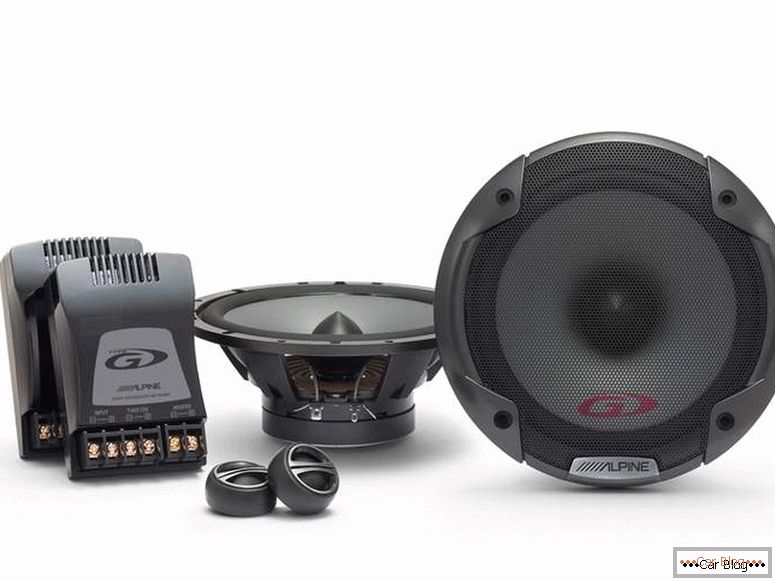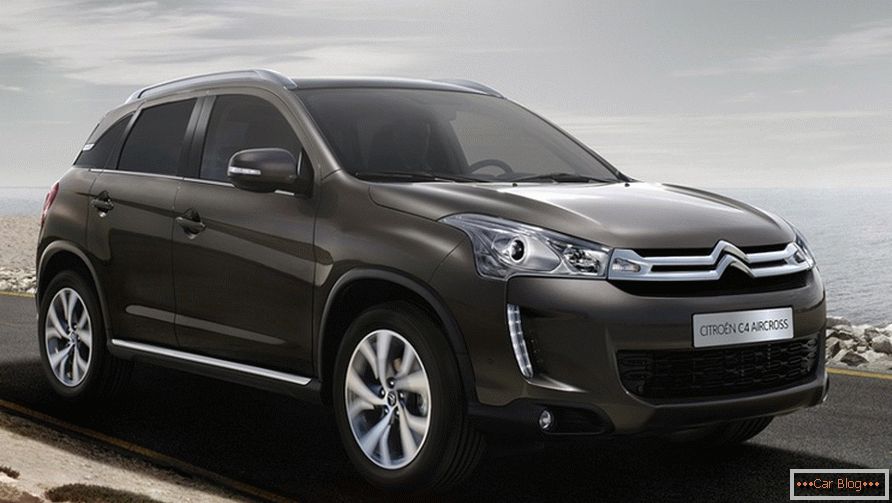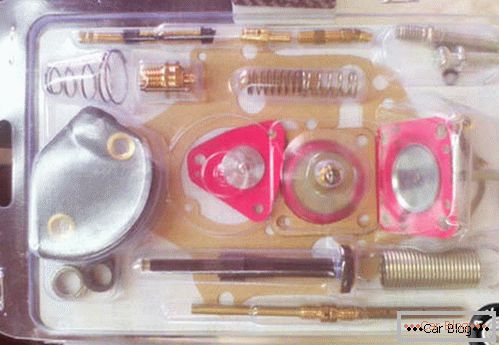>
The debate about which car is better: German or Japanese, has been conducted between motorists for more than a dozen years. Practically every car owner from Germany and Japan is ready to argue for hours that his vehicle is safer, faster and more comfortable than models made in another country.
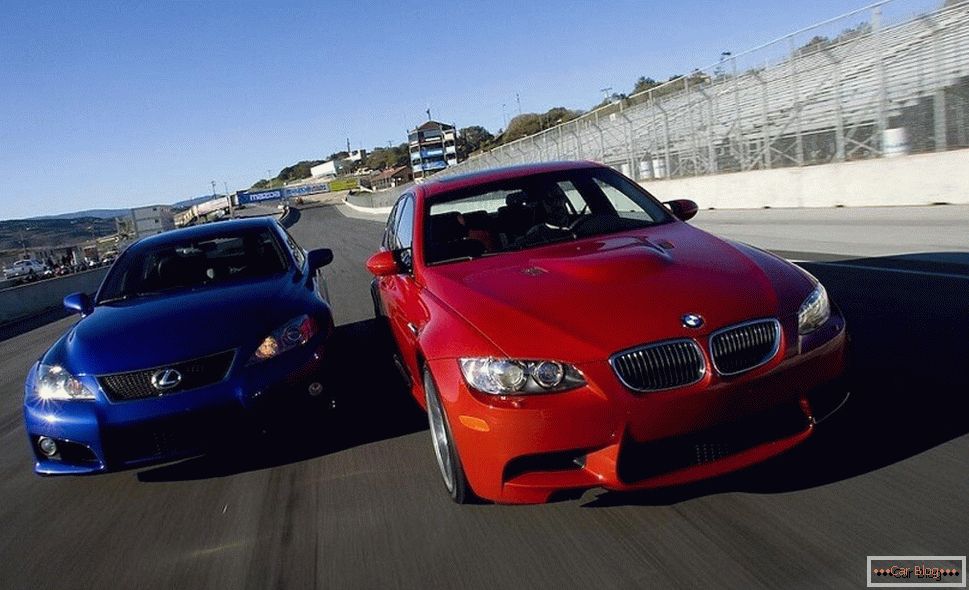
However, in fact, globalization has made this dispute almost speculative - after all, Japanese and German manufacturers buy components of the same manufacturers, and sometimes even use similar technical solutions.
Читать далее, какие машины лучше - японские или немецкие-->Но даже сегодня между автомобилями из упомянутых стран остаются значительные различия, которым и будет посвящена наша статья.
Technical part
Engines
It seems that the Japanese and Germans have chosen fundamentally different approaches to the design of automotive engines. So, cars from Germany are very often equipped with large-volume motors that have a low degree of boost, but a very long service life. An example would be twelve cylinder engines of Mercedes and Audi, as well as engines of BMW with a volume of 4.2 liters or more. However, world trends are gradually forcing the Germans to abandon multi-liter power units in favor of high-powered engines - evidence of this is Audi cars, which are overwhelmingly equipped with turbocharged engines.
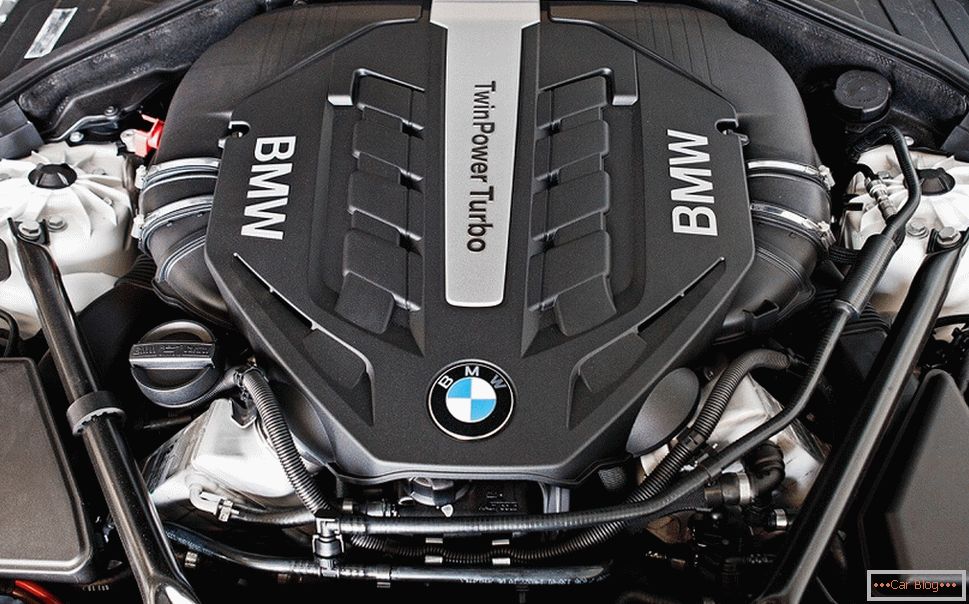
The Japanese initially decided that it was better to go intensive way of development, that is, to increase the power per liter, and not the engine capacity. They were the first to apply direct petrol injection in mass cars, as well as to develop combined intake systems and other innovative technical solutions that made it possible to increase the performance of the engines without significantly increasing fuel consumption.
Japanese cars are famous for their efficiency and high power of small motors, which can be installed even on compact models. However, unfortunately, cars from Japan are often eager to get ahead of global technical progress and get into mass production without long-term testing, as a result of which their reliability suffers.
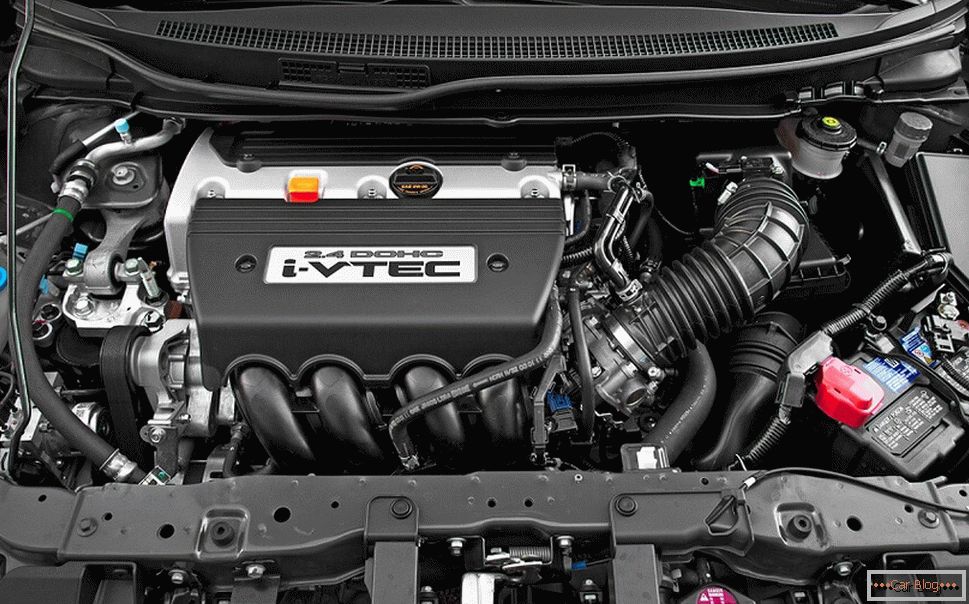
Transmission and drive
German cars have become one of the first in the world, equipped with robotic gearboxes with a well-developed algorithm of work. The DSG transmission, which has proven itself well on compact and mid-size Volkswagen cars, later began to be installed on models of almost all brands belonging to the concern - Skoda, SEAT, Audi. However, fairly large cars are usually equipped with classic hydromechanical “automatic” with a large number of gears - up to ten.
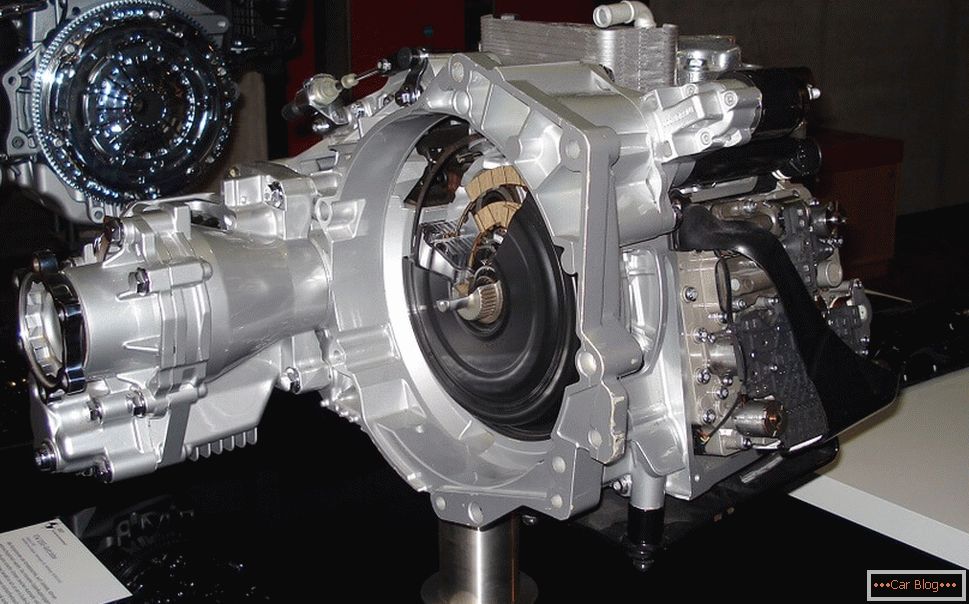
DSG gearbox
Japanese cars of small and middle class are very often equipped with continuously variable variators  Discounts for new cars! Profitable loan from 9.9% installments 0%
Discounts for new cars! Profitable loan from 9.9% installments 0%  adom.ru, which provide ease of movement in a large city, but do not always allow you to choose a convenient algorithm for working at high speed driving on the highway. Hydromechanical “automatic machines” are also installed on large prestigious models, but the Japanese prefer to use 5-6 steps. Having experimented with robotic gearboxes, Japanese manufacturers decided that it was better to postpone their mass introduction for the future, since the first samples were very inconvenient in control.
adom.ru, which provide ease of movement in a large city, but do not always allow you to choose a convenient algorithm for working at high speed driving on the highway. Hydromechanical “automatic machines” are also installed on large prestigious models, but the Japanese prefer to use 5-6 steps. Having experimented with robotic gearboxes, Japanese manufacturers decided that it was better to postpone their mass introduction for the future, since the first samples were very inconvenient in control.

Toyota hybrid drive
However, it was in the Land of the Rising Sun that the first mass-produced hybrid cars were developed, in which the engineers of this country were ahead of the whole world, including their main competitors from Germany. The most popular cars such as:
- Toyota Prius;
- Honda Insight;
- Lexus CT 200h.
Chassis
A few years ago, the Germans believed that it was better to use simple suspension designs, since they combine reliability and good comfort indicators. However, with the advent of new technologies that make the chassis more durable without increasing its weight, German cars increasingly began to be equipped with sophisticated multi-link suspensions.
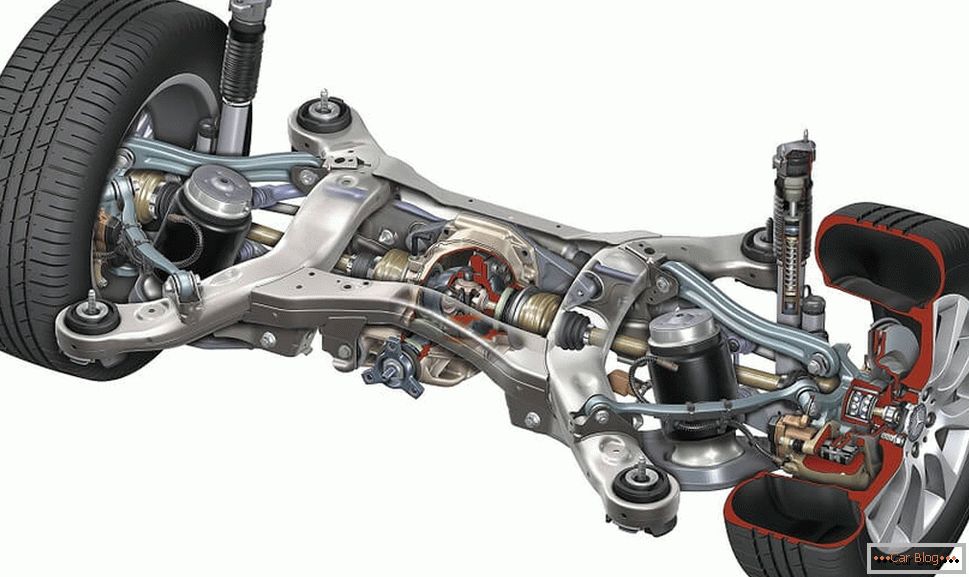
Multi-link suspension BMW
This approach allows you to achieve perfect machine control, as well as to avoid strong fluctuations when driving large irregularities. However, it was not possible to do without the minuses - the undercarriage became very expensive to manufacture and maintain, which dealt a significant blow to the family budgets of the owners of machinery from Germany.
In Japan, this process was directed in the opposite direction - if earlier engineers believed that there could be nothing better than a multi-link suspension, now they have begun to use semi-dependent bridges, twisted beams and similar structures. The reason for this is quite simple. Previously, there were many complaints about Japanese cars, which were connected with the excessively noisy work of the suspension, as well as with the high cost of repairs.
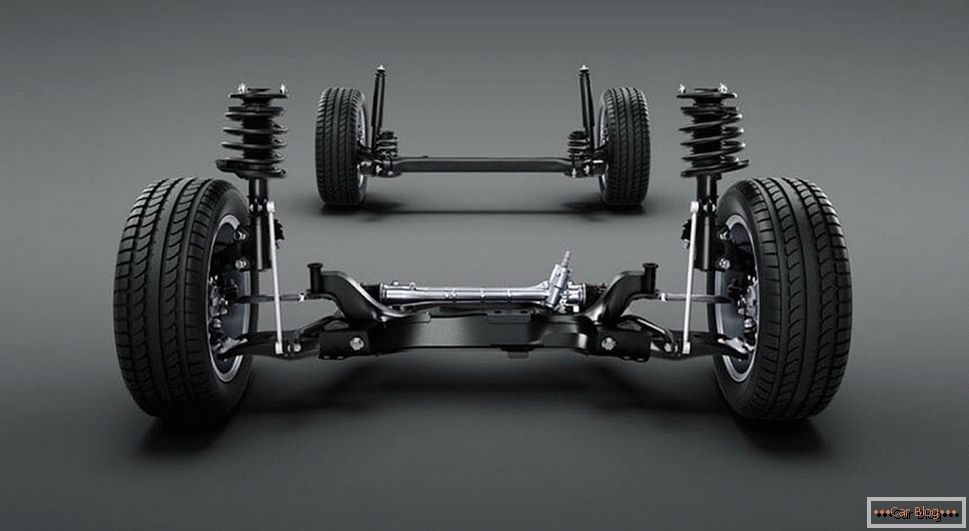
Therefore, it was decided to introduce into mass production simplified chassis designs, which are now used in models such as Lexus IS, Honda Civic and Toyota Corolla. However, expensive prestigious cars did not touch it - they can still be equipped with sophisticated chassis designs.
Security
Answering the question which machines are better in the field of security is practically impossible, since in this case the contribution of manufacturers from different countries can be considered equivalent. However, we will look at the most impressive achievements, and we will start with an automatic braking system, which will soon become mandatory for cars sold in Europe. Many German cars are equipped with it, and the tests show that it has a very high efficiency - it is possible to prevent a collision in almost 60% of cases, and in 32% the speed is slowed down to a value at which the probability of injury is reduced to a minimum. In addition, it was German manufacturers who for the first time used active stabilization systems in their cars that help prevent skids and maintain the chosen trajectory even in the most difficult conditions.
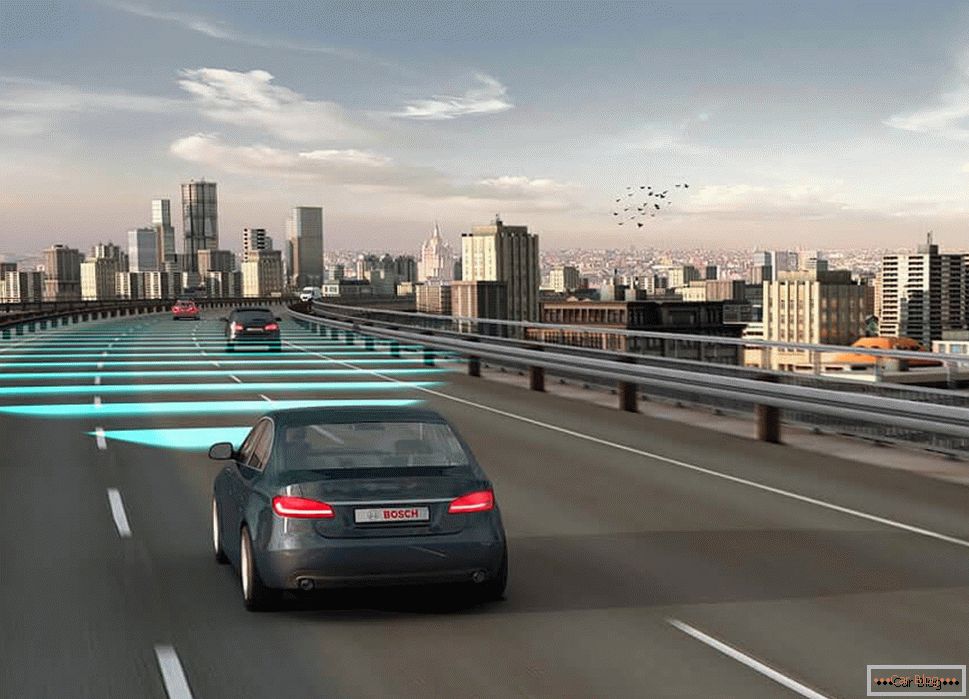
Japanese companies believe that it is better to prevent accidents not at the local, but at the global level. They are currently collaborating with American and Scandinavian engineers to develop a project for a system of interaction between cars. It is quite possible that in 10–15 years Japanese cars will be able to exchange information about the quality of the road surface, the formation of potholes, as well as traffic jams and traffic accidents on certain roads or city streets. With the ideal development of the project, the transmitters will be equipped not only with cars, but also with traffic lights, signs and other objects of road infrastructure - and not far from there until the appearance of an absolutely safe autopilot ...
Design
German cars initially sought to classic style - it is worth remembering the strict lines of various models of BMW and Mercedes. And even today, most of the models produced in Germany look quite conservative. It is worth remembering the Porsche sports cars, whose appearance corresponds to the fashion of the 60–70s of the last century, but not to the modern design trends.

That is why German cars are more often chosen by respectable people with a successful career, as well as with traditional views on life. They are able to emphasize the high status of their owner and provide him with high comfort both on daily trips and on multi-day trips.
But Japanese manufacturers, who also used classic design 20-25 years ago, are now guided by avant-garde. Remember the complex broken lines of the body of modern Lexus models, the Mitsubishi corporate jet fighter, as well as Nissan and Infiniti's sleek biodesign. Such bold experiments attract people who are decisive, with extraordinary thinking - they are said to be that they reject traditional values and are ready to invest in impressions, rather than in property and capital.
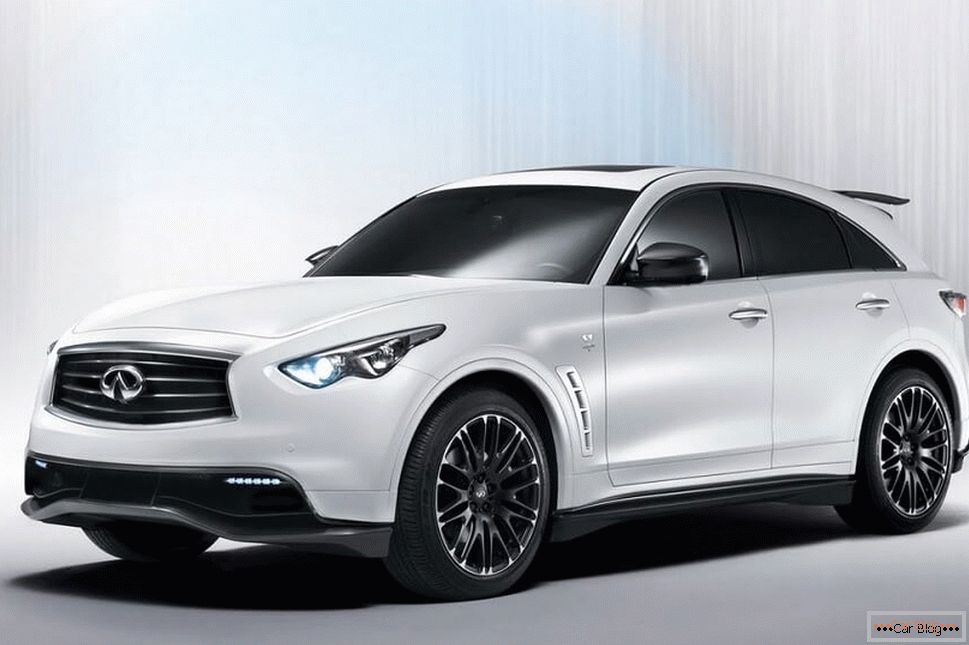
But in fairness it should be said that many Japanese manufacturers produce cars in a classic style - these include Toyota and Honda.
Preferences
Almost since their founding, German car companies have sought to create expensive luxury cars. This led to the fact that the niche budget transport in Germany is occupied by foreign manufacturers - including Japanese. The situation is no better with small-sized cars suitable for the city - the Germans began to develop this area only from the end of the 90s. Of course, now lovers of German cars can purchase models such as the Audi A1 or Mercedes A-Klasse, but they also cannot be called very compact and cheap.
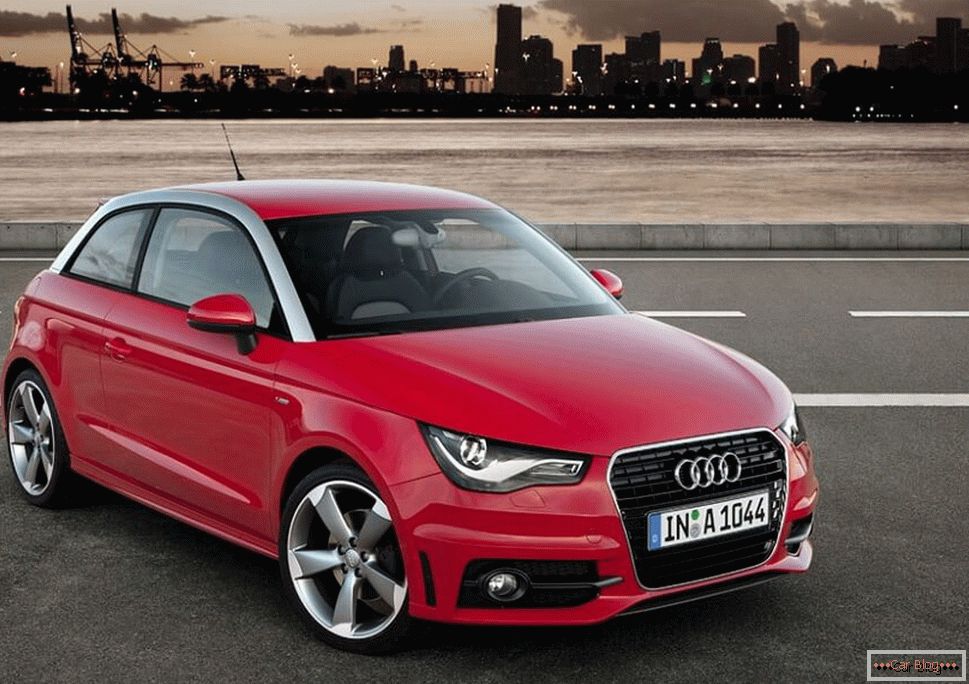
The Japanese traditionally lead the way in the production of small cars - including ultra-compact vehicles, which they call "Key-cars". Such cars are less comfortable, but they have better maneuverability and are more convenient for use in large cities. But in the segment of large cars, Japanese models are mainly represented by crossovers and SUVs, while much less attention is paid to prestigious sedans.
Individual choice
To say that cars from Japan or Germany are better than competing models, it is not necessary. Globalization leads not only to the use of common technical solutions, but also to the orientation to common markets. As a result, the differences between the machines of different brands are erased, and they become similar to each other. However, the difference between Japanese and German cars still exists.
In short, it can be expressed as follows - German cars should be bought by adherents of traditional values and classical style, but Japanese are more likely intended for people who like avant-garde design solutions and the rhythm of life in modern cities.

